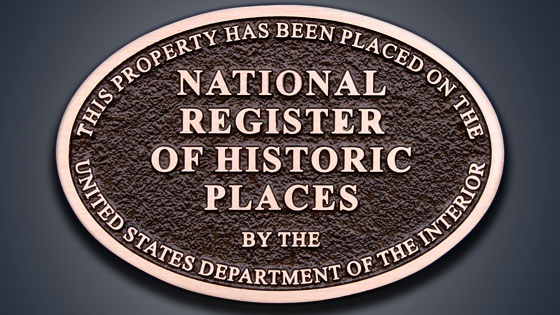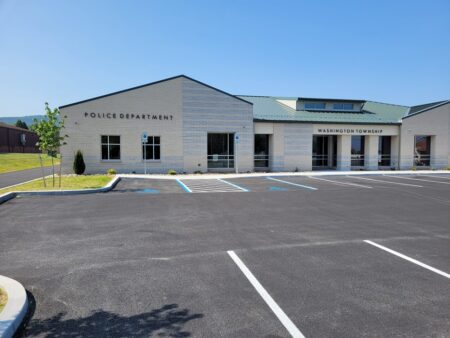In a regrettable scenario too common in American communities, a building or landmark of historic significance is lost forever due to development, economic hardship, or catastrophe. These losses diminish all sectors of society, from individual property owners, to business districts and neighborhoods, to county, state, and national preservation efforts.
Fortunately, there are numerous programs and organizations devoted to minimizing these irreparable damages. The National Register of Historic Places (NRHP) is one such program, administered by the National Park Service.
The NRHP began with the 1966 National Historic Preservation Act. This legislation was enacted to coordinate and support public and private efforts to identify, evaluate, and protect America’s historic and archeological resources.
One catalyst for this congressional action was the USA’s interstate highway system’s rapid expansion in the 1950s and 60s, vital to the nation’s transportation needs. But this massive road-building project also threatened many historic properties along its pathways. More preemptive protections were deemed necessary to protect America’s treasures, before they were smothered by concrete.
During a 58-year history, NRHP listings have grown to include over 98,000 individual properties and 1.8 million contributing resources within Historic Districts. An estimated $45 billion has been leveraged in private investment and National Park Service (NPS) grants, which provided additional protections for America’s cultural treasures.
In Pennsylvania, NRHP lists over 3500 individual properties; with at least one designation in all 67 counties. In Franklin County, that tally is 62 listed properties. For perspective, Franklin’s neighboring counties- Adams and Fulton- have 35 and 7 NRHP-listed properties respectively.
Those distinguished 62 Franklin County landmarks reflect five NRHP category distinctions: Buildings, Sites, Objects, Structures, and Historic Districts. The county is well represented in this quintet with listings that include covered/stone bridges, farms, churches, homes, government buildings, schools, businesses, and attractions. Among these historical gems are a jail, armory, memorial fountain, and two iron furnaces- all surviving links to Franklin County’s storied past.
Franklin County is also prominently recognized for its Historic Districts. In some communities these encompass entire blocks of thriving downtown buildings (Chambersburg, Greencastle, Mercersburg and Waynesboro are examples), while others like the Monterey Historic District harken back to a bygone era of stylish mountain tourism.
Chambersburg deserves special recognition for its downtown Historic District designation. In 1864, the community was ransomed and burned during the Civil War, but quickly rebounded and rebuilt. In addition, Chambersburg’s “Old Jail” property, managed by the Franklin County Historical Society, was the first NRHP listing ever in Pennsylvania, receiving that premier honor in 1970.

A National Register of Historic Places nomination starts at a local level and is fed through a Pennsylvania agency called the State Historical Preservation Office (SHPO). Pamela Reilly is a National Register Reviewer with SHPO. “My fellow reviewers and I personally visit potential nomination sites. We then help determine the best course for a property.”
Recently, SHPO approved a NRHP nomination for the Mary B. Sharpe Elementary School in Chambersburg. Their positive recommendation was then forwarded to the National Park Service for final NRHP approval, a process which normally takes about 45 days.
NRHP evaluates all nominations’ worthiness by four major criteria. This first is “Event”: did the property contribute to a major pattern of American history? Next, they consider the “Person” connected to that specific property. Were they a significant individual in a historical context? A third criterion is “Design and Construction”, where a property is examined for any unique characteristics of architectural design, artistic value, or notable work of a master architect or builder. Finally, “Information Potential” relates to whether a property provides important benefits that help interpret local, regional, or national history.
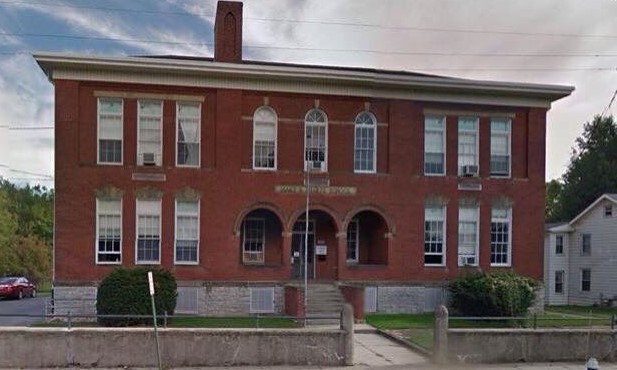
Some properties are ineligible under NRHP guidelines. Buildings that have been moved or reconstructed cannot be considered. Statues and historic markers are also out, as well as cemeteries or graves of famous individuals. Finally, an unofficial custom is a property must be at least 50 years old to achieve an NRHP designation.
But official NRHP approval is not a bulldozer-proof shield for any historic property. A listing carries prestige, but protection is mostly symbolic. Many NRHP designated sites are privately owned, and being listed does not impede how an individual or corporation can use or even dispose of that property. The NRHP recognition also never leads to government acquisition of properties nor does it force their owners to provide public access.
This ownership autonomy was illustrated by Red Run Lodge, a Washington Township tourist property built in 1939. The charming former local attraction, which achieved NRHP status in 1996, consisted of sixteen log-cabin-style buildings, including a lodge, rental cabins, bath house, and fruit stand. The complex, vacant for many years, was eventually torn down. That final result was based on the property owner’s judgment- who retained the sole right to make that decision.
Despite an occasional loss of a NRHP listing, surviving properties enjoy many benefits with their designation. Official recognition creates pride in ownership and those properties are usually better maintained and respected over time. In addition, income producing NRHP listed properties are eligible for federal tax incentives. State and Federal preservation grants are also available to help rehab or preserve buildings owned by non-profits or local governments.
Becky LaBarre is a professional preservationist and Executive Director at Renfrew Park and Museum. Their property, the Royer-Nicodemus House and Farm, was listed on the National Register in 1976 for its architectural and agricultural significance.
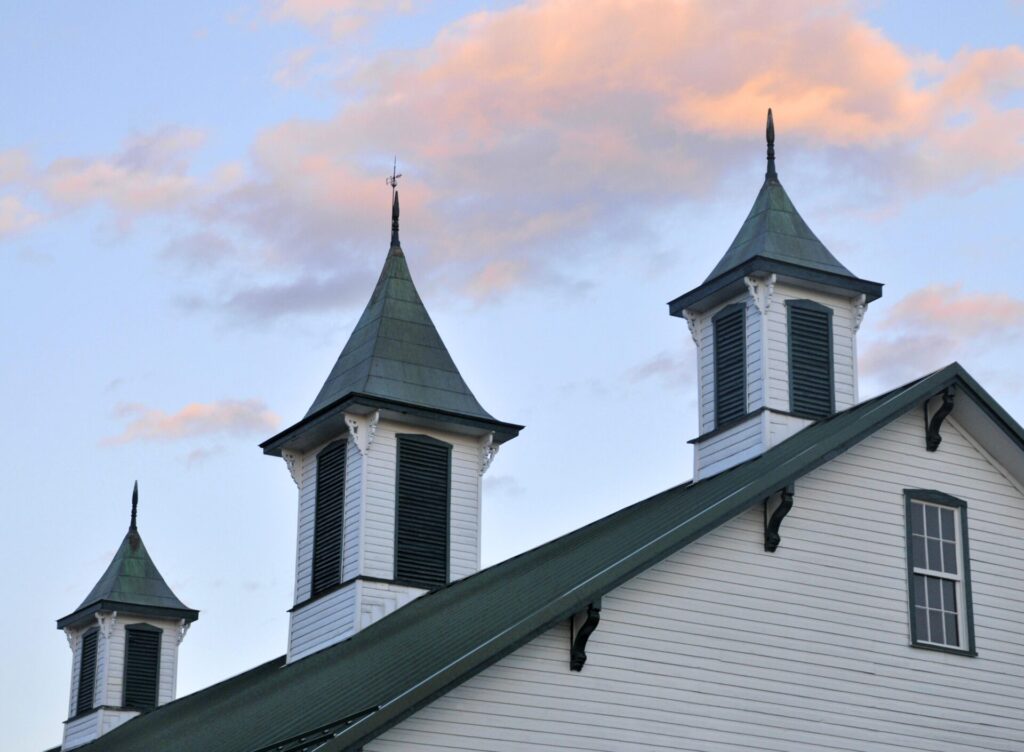
“There are definitely grant-related benefits available to National Register Properties, such as eligibility for the Keystone Historic Preservation Grant Program,” LaBarre said. “One part of the grant is for planning purposes, the other is for construction. Both of these are matching fund grants, and only properties that have been designated, or deemed eligible for the National Register can apply.”
Frank Grumbine is SHPO’s Central Pennsylvania Community Preservation Coordinator. Grumbine works with a variety of preservation groups in Franklin County, and gives high marks to programs in Mercersburg and Waynesboro. “All good preservation happens at the local level”, Grumbine said. He noted that Pennsylvania state government has little authority over local preservation and so municipal authorities must remain engaged. “You have to plan wisely for effective preservation,” he said, “and willing to enforce local ordinances.”
Grumbine also commented that preservation isn’t always about physical structures but includes viewsheds and natural landscapes too. He mentioned Franklin County’s I-81 corridor as a prime example. New warehouses recently constructed there replaced fertile farmland, a hallmark of the county’s agrarian history. Some see that industrial development as a positive boost for the local economy, while others see history sadly repeating itself when interstates lead to local resource losses.
The National Trust for Historic Preservation (NTHP) is another organization that has achieved notable success. But NTHP is a privately funded non-profit (founded in 1949), and it owns and operates numerous properties to preserve and showcase them. None of those properties are in Franklin County.
By comparison, the National Register doesn’t own any of its listings, nor does it place any obligations on owners. NRHP only promotes preservation through its official designations and related federal government grants and incentives. One visible sign of a prestigious NRHP listing is a handsome bronze plaque affixed to many properties.
In Franklin County and all over the nation, work continues to save and preserve historic and cultural treasures. An NHRP listing is an achievement, but does not guarantee financial help. Waynesboro’s Historical Society (WHS) owns Welty’s Bridge, a handsome double-arched limestone bridge built circa 1856. This NRHP-listed landmark no longer carries traffic, but it requires ongoing work to keep it both structurally and aesthetically viable. Initial maintenance was already completed to the bridge’s top portion, to replace damaged stones and protect from future water intrusion. Remaining repairs and cleaning, performed by specialized masons, will be expensive. WHS also owns two other NRHP-recognized Waynesboro properties (Oller House and Harbaugh Church), so they carry sizeable financial responsibilities maintaining these three distinct treasures.
But these continuous preservation challenges are worth the effort. Franklin County is fortunate having a wide range of historic properties that earned the prestigious National Register recognition. While any NRHP listing is symbolic, it is often an important first step toward saving or restoring a priceless heirloom of local history.
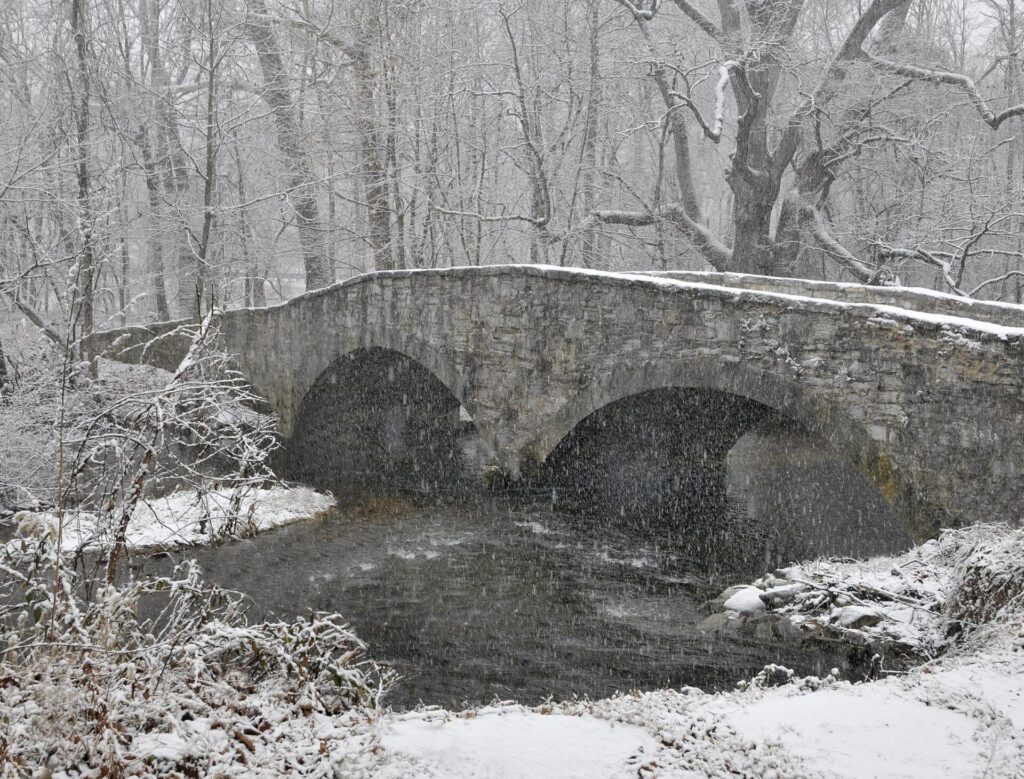
Editor’s note: This is the first installment in a series of articles highlighting Franklin County properties listed on the National Register of Historic Places.



